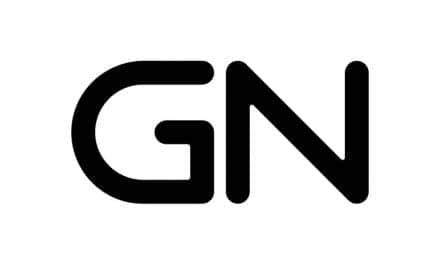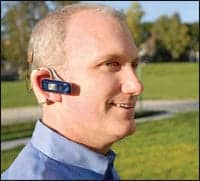
Well, first things first: All evidence to the contrary, I am not trying to monopolize the editorial pages of HPR and its sister publication, The Hearing Review, with my big face (and mouth). Danielle Cohen, the previous editor of HPR, received “an offer she couldn’t refuse,” and HPR‘s new editor, William Campbell, will be introduced to you in the next edition of this magazine. Danielle did a wonderful job on HPR, and I’m confident that Will, with his experience in journalism and trade publishing, will continue this trend with his own unique ideas, talents, and perspectives.
As the only tabloid-size periodical in the hearing health care field, HPR has become known primarily as the show-and-tell marketplace for the industry’s products, services, and manufacturing perspectives. This month’s and next month’s editions are always particularly interesting because of the new products being unveiled at the International Hearing Society Convention in Reno, Nev (September 26-29), the Academy of Doctors of Audiology Convention in Orlando, Fla (October 10-13), the European Union of Hearing Aid Acousticians Congress (UHA) in Nuremberg, Germany (October 17-19), and the American Speech-Language Hearing Association Convention in Boston (November 15-17). Along with the spring’s American Academy of Audiology Convention, these shows constitute the hearing industry’s convention “boxing-ring” in the Western Hemisphere—and anyone who reads HR and HPR or attends these meetings can see how competitive the hearing care industry is.
However, this evidence flies in the face of the recent ruling by a German court that effectively doomed the proposed purchase of GN’s hearing-related operations by Phonak Holding AG (now renamed Sonova Holding AG). While I understand that other factors were involved in the court’s decision (factors that cannot be adequately discussed in this limited space), and that it may eventually turn out to be a positive for the industry in general, any ruling that is based on a lack of competition by companies in the hearing care field is downright ridiculous. As only a sampling of the available technologies, this edition features more than 120 of the latest products from over 50 companies. While the R&D and technology race may favor those companies that enjoy large “economies of scale” (as in any other industry), it can also be pointed out that numerous new manufacturers have entered, and continue to enter, the hearing care market. I doubt they do this as an avocation, or because they believe they’ll be frozen out or unable to compete.
Although most leaders of hearing-related companies are cordial with each other, make no mistake about it: They fight tooth-and-nail and want to win. Competition for you and your clients’ ears—whether it’s in hearing aids, diagnostic equipment, or even the media—is abundant and fierce. It’s too bad the German courts don’t get HR and HPR.
Karl Strom
[email protected]





